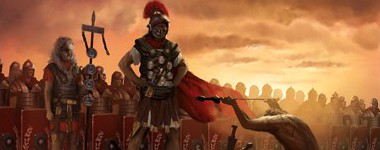
Right, a basic helicopter concept that should help you understand the flying of it: you don't control the throttles directly, this is done by the aircraft's systems. Early helicopters did have manual throttles, making them particularly challenging to fly, but that's not what I wanted to tell you.
Instead of controlling the engines, you use the collective stick to change the angle (angle of attack is correct term iirc) of the rotorblades. The higher the angle, the more lift you get, but the blades get a lot more resistance as well. This will cause the rotor RPM to drop, which is picked up on by engine management, which will then increase engine RPM to compensate and get the rotor RPM back to it's desired level.
In other words, you do not control the engines to increase or decrease the rotor RPM; rotor RPM is a constant (theoretically; hard maneuvers can slow it down significantly and blade-stall is possible as well, just like a wing). All you do is manage the angle of the blades, and the engines are essentialy slaved to it.
There are situations you want to take the engines out of auto-throttle and just set them to max-power. Take-offs and landings come to mind, as well as emergency situations where you are losing altitude, especially if only 1 engine is operational.
Because of the way it's set up, there will be lag between your inputs and the engines throttling up to deliver the required power. Setting throttle to max avoids this.
__________________
 Contritium praecedit superbia.
Contritium praecedit superbia.
|